🇰🇷 SOUTH KOREA
📍 1134 S. Western Avenue, Harvard Heights, Central Los Angeles
🅿️ Small plaza parking
🥤 Beer, soju, and makgeolli available
📍 1134 S. Western Avenue, Harvard Heights, Central Los Angeles
🅿️ Small plaza parking
🥤 Beer, soju, and makgeolli available
EDITOR'S NOTE: An updated version of this article (14 February 2025) is available as
part of the Free Friday Favorites section of our Substack page. Check
that out here:
It happens to everyone around this time. The temperatures dip close to Celsius single digits, there may be a spit of rain or even a real downpour. Hoodies are out, and soup cravings are inevitable. You can always rely on Koreatown and similar Korean neighborhoods throughout the Southland to best satisfy these insatiable demands for soups and stews. They serve them year round, but in November you are most likely to find that red "busier than usual" marker on Google Maps when you look one up.
On a recent rainy evening, the siren song delivered by Korean black goats was calling from Western Avenue just south of the K-town border, tucked into the back corner of a small plaza. With only Hangul characters lit up on a yellow sign between an insurance agency and a nail salon, those that can read Korean will see the three characters that translate to black goat: 흑염소.
Inside the restaurant, the familiar smell of goat meat floats everywhere, mixed with the spices and herbs bubbling in pots on every table. The reason to come here, and what is creating all that tantalizing aroma, is the black goat meat stew ($49.99, above), known as heugyeomso-jeongol (흑염소전골) and the first item on the menu. It is meant for two people, but could certainly be shared by three or even four if you want to order another preparation of goat or veer towards pork belly, mackerel, duck loin or more.
But at least for the first time, do not worry about anything but that black goat meat stew. Like most Korean meals, it arrives with a full complement of banchan to nibble on before and during your meal, as well as a special dipping mix (below) heavy on chili and spicy mustard. If you do not do it immediately, the staff will encourage you to mix this up very well before starting.
When the large pot arrives, a luscious green mountain made mostly of perilla leaves and scallions cover the orange-red stew underneath. All of the greenery is mixed down into the stew and the flame is set to high so that the pot starts to boil quite quickly. When this is eventually turned down by the staff you will know it is time to eat and can start scooping portions into your personal bowl while the pot stays very hot.
The meat itself is not what makes these goats black, that of course is the hair that used to cover their bodies. These goats are native to the Korean peninsula and prized for their nutritional properties and health benefits. Women who are pregnant or have recently gave birth and older folks that are recovering from surgery are said to benefit most from eating black goat, and as usual they make the dicks hard.
That of course will not affect you while at the restaurant, they tend to leave the door open for ventilation and it stays chilly. Besides the lovely food, this might be the way Mirak seems most like tucking into a small family-run barbecue or stew restaurant in Seoul during colder months, where you never end up taking off your coats and everyone at the table shifts as close to the bubbling pot as possible.
Heugyeomso-jeongol can be dialed up to the spice level you desire, but does not need to be spicy to taste right. Even if you ask for it mild, the taste of each bite is an explosion of herbs and spice, it has never felt more healthy to eat large chunks of meat. Sipping on the broth fresh from the pot is an ultimate warming experience, but do not be afraid to come here during warmer months either as the stew is just as tasty.
As you start slowing down and the contents of your pot get lower, the staff will check in to see if you are ready for the next course. If you have been here before, you might have been looking forward to this course the whole time, as it rivals the main event. The meats and greens (if there are any left) are placed in a bowl and put on the side, and a layer of rice is patted down tight into the pot and the juices left at the bottom (below).
Let the pot sizzle and wait for someone to come back and start mixing everything together, as this is when the rice gets its most enticing. The kimchi and seaweed are perfect tastes for the final product, but it is the goat stew soaking in that actually makes this worth the price of admission, especially when the red-stained rice starts to get crispy on the bottom of the pot.
The fried rice course is also perfect for packing up and taking home leftovers if you cannot eat it all, which will most likely be the case. The restaurant will pack it all up for you, and do not forget to scrape in some of that dipping sauce as it goes well with everything. Fried rice is very accepting of the various banchan as well, and nothing should be left behind.
There are many places in Koreatown and surrounding streets that make you feel like you are in Korea, but this corner of a plaza just south in Harvard Heights goes one step further during colder months. It may not reach winter chill levels in Seoul, but temperatures obviously work on a different scale here.
Thank you!
🇰🇷🇰🇷🇰🇷
I COULD USE YOUR HELP
Eat the World Los Angeles is and always has been free. It is a hobby born of passion and never solicits money or free food from restaurants. No advertisements block the content or pop over what you read. If this website has helped you explore your city and its wonderful cultures a little better please tell your friends about us and if you have the means to contribute, please consider doing so. Eat the World Los Angeles is a labor of love, but also takes a lot of money and time everyday to keep running.Thank you!
VENMO: @JAREDCOHEE
CASH APP: $JaredCohee
PAYPAL: (no account necessary, use link)

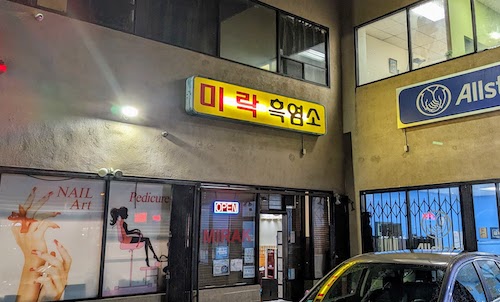

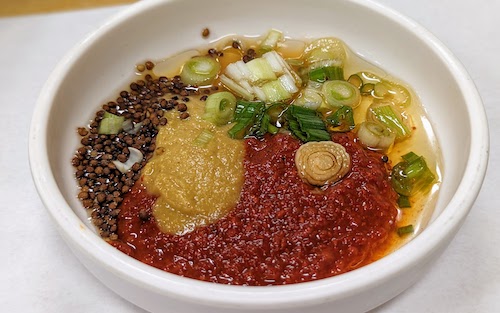
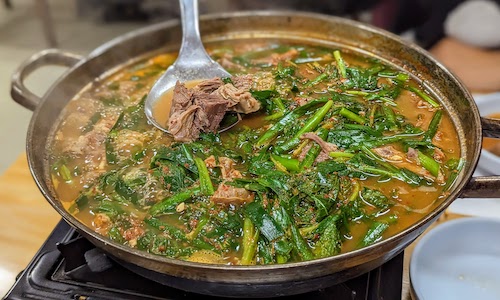
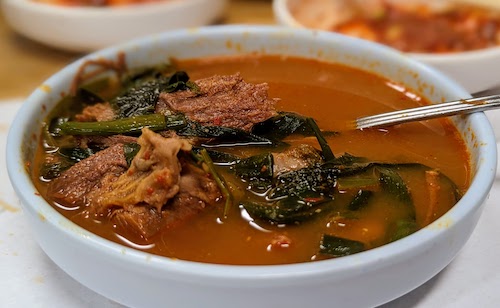
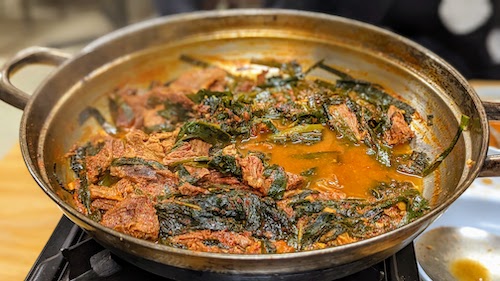

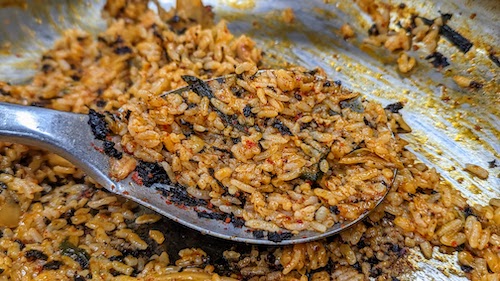

No comments:
Post a Comment
Note: only a member of this blog may post a comment.